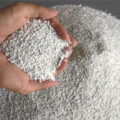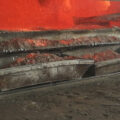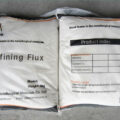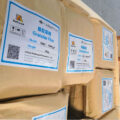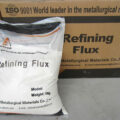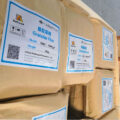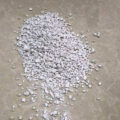The aluminum surface has a layer of uneven thickness of oxide film, sometimes also adsorbed water, mixed with ash and sand, sticky oil, coated with paint, and so on. During melting, the aluminum material is further oxidized in high-temperature environment, the thickness of oxide film increases, and reacts with moisture in the atmosphere to form alumina and hydrogen, which increases the content of oxide inclusions and gases. Therefore, after melting, the aluminum must be purified to remove the impurities and gases inside the liquid aluminum. The material used to purify liquid aluminum is called aluminum casting foundry flux.
At room temperature, most of the aluminum casting foundry fluxes are solid or gas, and some are liquid, such as CCl4. Solid flux has the advantages of small volume, easy transportation and storage, but it has strong hygroscopicity, so it must be sealed. In order to improve the purification effect of solid flux, the flux can be compressed into compact small pieces, wrapped with aluminum foil, put into a long handle drilling container and inserted into the bottom of the molten pool.
For the aluminum casting foundry flux based on the mixed salt of NaCl and KCl, the mixed salt can be melted according to the ratio, and then the refractory component, such as Na3AlF6, can be added into the sealed iron box after being stirred and cooled. The flux should be stored in a dry place with high room temperature before use, such as near the furnace, to prevent moisture.
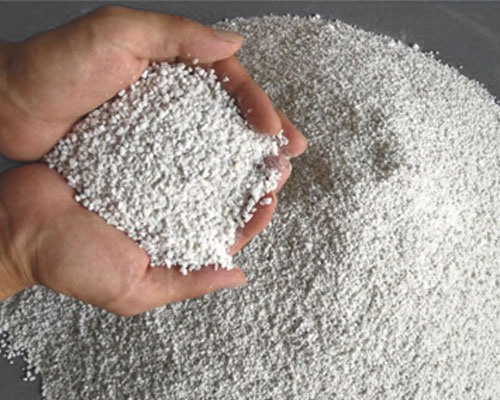
Aluminum Casting Flux Application
The application of covering flux in the furnace can reduce melting consumption and prevent molten aluminum from absorbing gas from the furnace atmosphere. However, the consumption of covering flux is large (about 10% of the weight of aluminum material), which increases the production cost, and is generally not used in small and medium-sized aluminum processing plants.
The cleaning flux is usually used to spread the mixed powder flux on the surface of the molten pool after the aluminum material is melted, and then use the long handle tool to stir the molten aluminum to make the ash float up. During the stirring process, some fluxes are added into the molten pool to react with molten aluminum to form gaseous substances insoluble in aluminum, which play the role of degassing and deashing in the rising process of bubbles.




